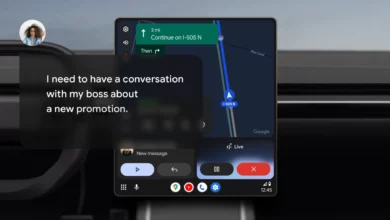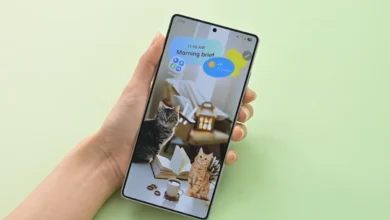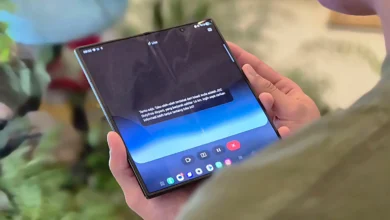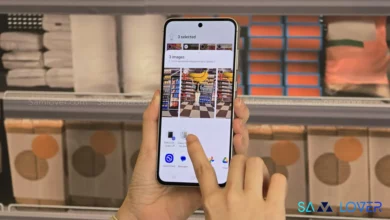Facebook, Instagram, and YouTube Debut New AI Tools
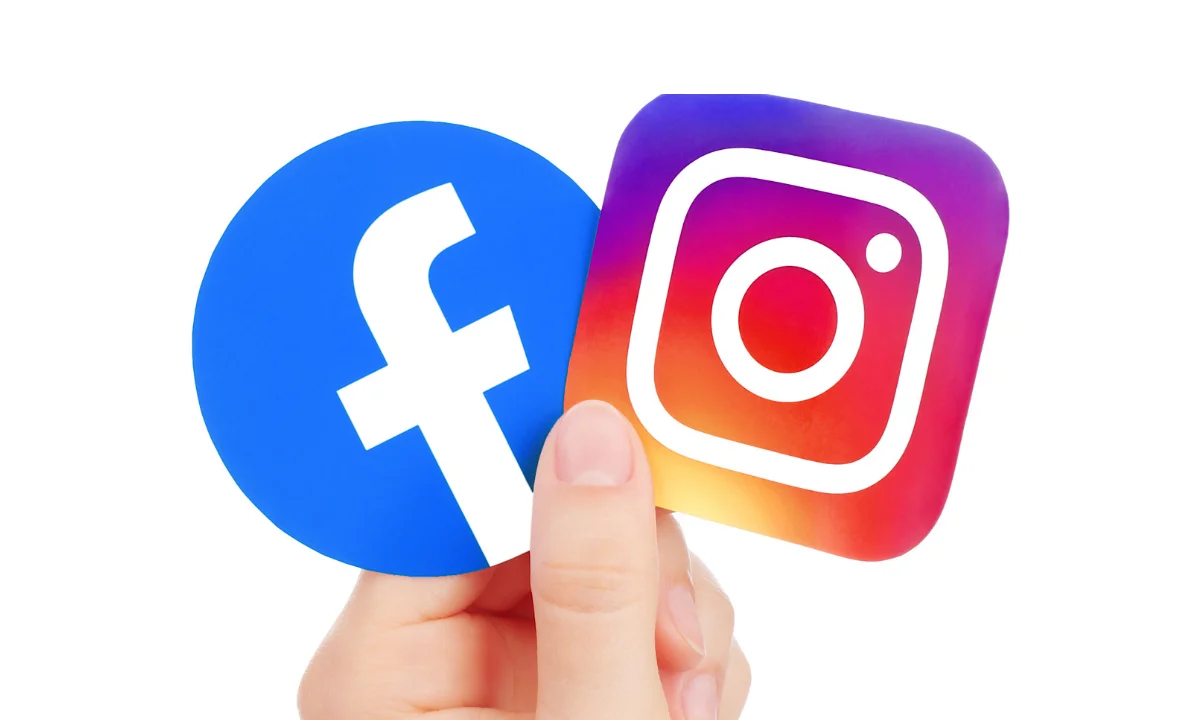
Cutting-edge technological advancements and artificial intelligence (AI) are nothing new to Mark Zuckberg’s Meta. A movie generator and an image editor powered by AI were the two new generative tools that Zuckerberg revealed on Facebook on Thursday. These tools will be available on Instagram and Facebook. The multi-person chatbot AI Personas made its debut at the Connect 2023 event, and these developments come after.
Instagram and Facebook will be getting new AI tools soon
The Emu core architecture serves as the basis for two new products that Meta has introduced: Emu Edit and Emu Video. Using language descriptions, these technologies will let users alter their photos and create stunning films.
Emu Edit: Users may accurately modify photos based on text inputs with Emu Edit, the first of the two tools. Emu Edit removes the requirement for expert picture editing skills, in contrast to other image editing software. Users may easily alter or delete persons and objects from images with this feature.
Emu Video: Emu Video, the second tool, is a step forward in terms of AI-powered innovation. It may produce films in response to textual instructions, reference photos, or a mix of the two types of input. Even if the outcomes might not be perfect replicas of the original animations created by Meta’s Make-A-Video system, they nonetheless show a notable improvement. It creates films that last four seconds and asks for a description, a caption, and a picture or image.
We may anticipate seeing these AI-powered tools soon since Meta is trying to integrate them into Facebook and Instagram, even if they haven’t disclosed a specific release date yet. Meta appears to be creating entirely new avenues for video production and editing with these AI-powered tools.
Dream Track for YouTube Shorts and Musical AI Technology:
With the release of Dream Track for shorts and other tools created in association with Google DeepMind, YouTube has given viewers a preview of its initial musical experiments using AI. Explore YouTube Shorts and the Dream Track, which utilizes the most sophisticated music creation model, Lyria, from Google DeepMind. The purpose of this project is to investigate how technology might strengthen bonds between creators, artists, and fans.
For usage in YouTube Shorts videos, “a small group of select US creators” will be allowed to utilize AI-generated versions of the voices of nine artists.
- Alec Benjamin
- Charlie Puth
- Charli XCX
- Demi Lovato
- John Legend
- Papoose
- Sia
- T-Pain
- Troye Sivan
Users can have up to thirty-second short recordings automatically generated in the voice and style of a collaborating artist by following text-based instructions. The technology will be available to around 100 American artists at launch. It’s only going to work with YouTube Shorts, the platform’s competitor for short-form video sharing, which is controlled by ByteDance, a major player in Chinese technology. Furthermore, in order to create the greatest experiences for the community, musicians, producers, and songwriters test and offer feedback in the Music AI Incubator.
Outside of Dream Track, YouTube has also showcased further AI music tools that allow you to compose songs, frequently without using a traditional instrument. A hummed tune and the written instruction “saxophone solo” are combined in a YouTube video example to illustrate how the tool may produce a saxophone recording. A vocal chorus is created using MIDI keyboard chords, beatboxing is transformed into a drum loop, and singing is transformed into an orchestral soundtrack in additional segments.
